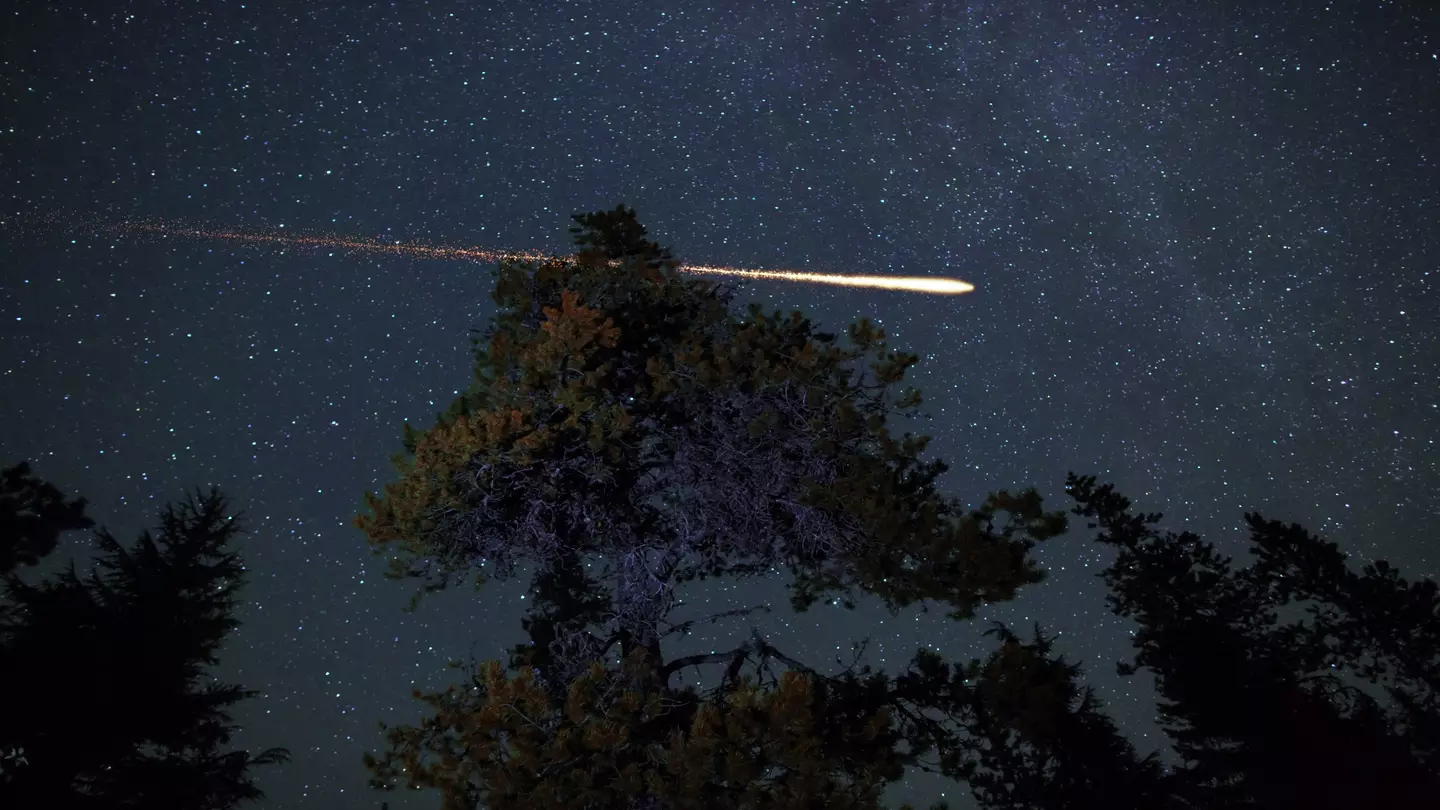It might be worth having a quick scroll through your doorbell camera footage as one home in Texas caught the moment there was a deafening sonic boom.
And it was all because of a meteor.
Now that's something you don't hear everyday.
Check it out:
The shocking footage caused so much intrigue that NASA even got involved and launched an investigation.
The video, which was shared online earlier this year, looks typical enough until a dramatic moment when a sonic boom causes some sitting birds to scatter.
In case you're not familiar with sonic booms, they are created when an object travels through the air faster than the speed of sound, so you can see why the birds were startled.
The object that caused the incident was eventually identified as a half-ton meteor (that's one which weighs almost 454 kg). NASA confirmed this fact, and the meteor was later recovered.
The meteor began to break apart as it entered the Earth's atmosphere at about 6:00pm on February 15 before crashing near McAllen, Texas, according to local media.
Reassuring the public that there was little risk to their safety, NASA said in a statement: "Although meteorites tend to hit Earth’s atmosphere at high speeds, they slow as they travel through the atmosphere, breaking into small fragments before hitting the ground. Meteorites cool rapidly and generally are not a risk to the public."
The space agency also shared a report about the incident as well as an image of where the pieces of the meteor were likely to have landed.
"The meteor seen in the skies above McAllen is a reminder of the need for NASA and other organisations to increase our understanding and protection of Earth, to combine scientific and engineering expertise to advance human space exploration, to integrate terrestrial and planetary research for furthering our understanding of the solar system, and to promote successful space missions by mitigating risk," NASA said.
News of the meteor was also reported by numerous members of the public, and the flash it created was captured by what's known as a Geostationary Lightning Mapper just before 5:30pm.
Just like you'd imagine from the name, the lightning mapper is more traditionally used to map lightning, but the National Weather Service confirmed there was no thunderstorm activity in the area at the time the image was captured.
Reacting to the incredible doorcam footage, one viewer wrote: "Strange how animals pick up the danger cue much faster than humans."
A second added: "Idk why but I was expecting it to hit the car."
While a third remarked: "I thought the bird was being sucked into a meteor vortex."
A fourth couldn't help but joke: "Imagine trying to explain that to your insurance company."
.webp)
 Gerrard Kaonga
Gerrard Kaonga.jpg)
